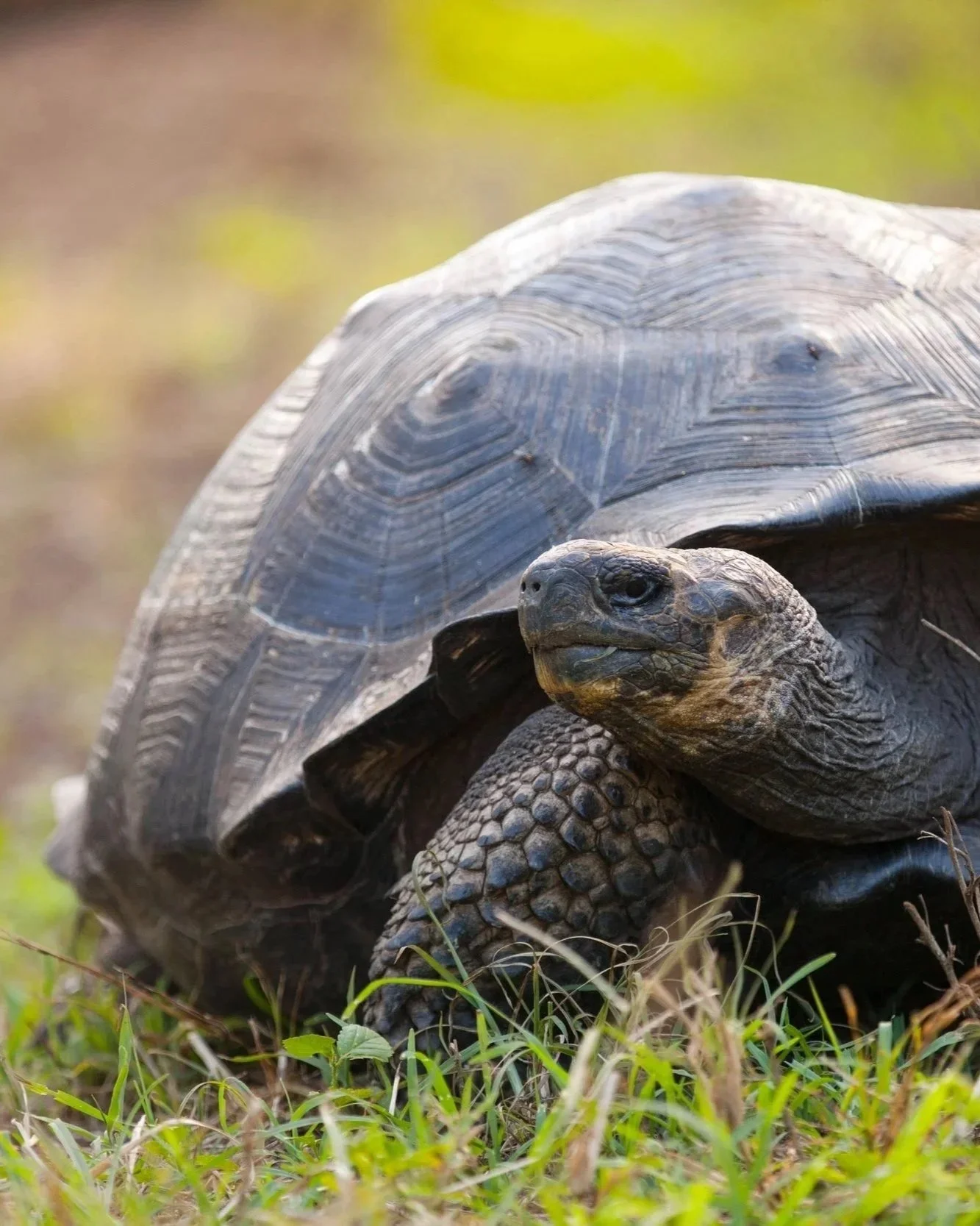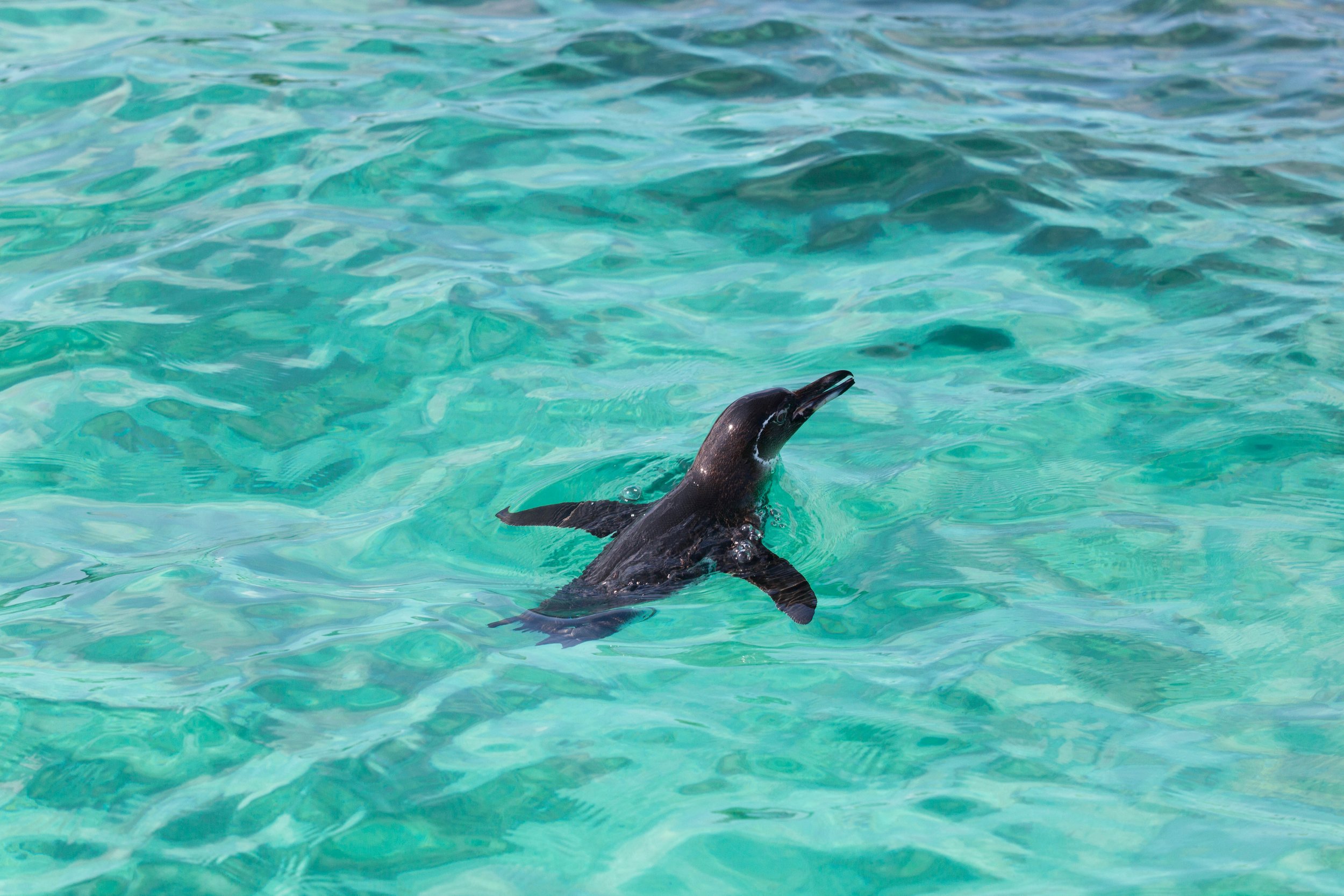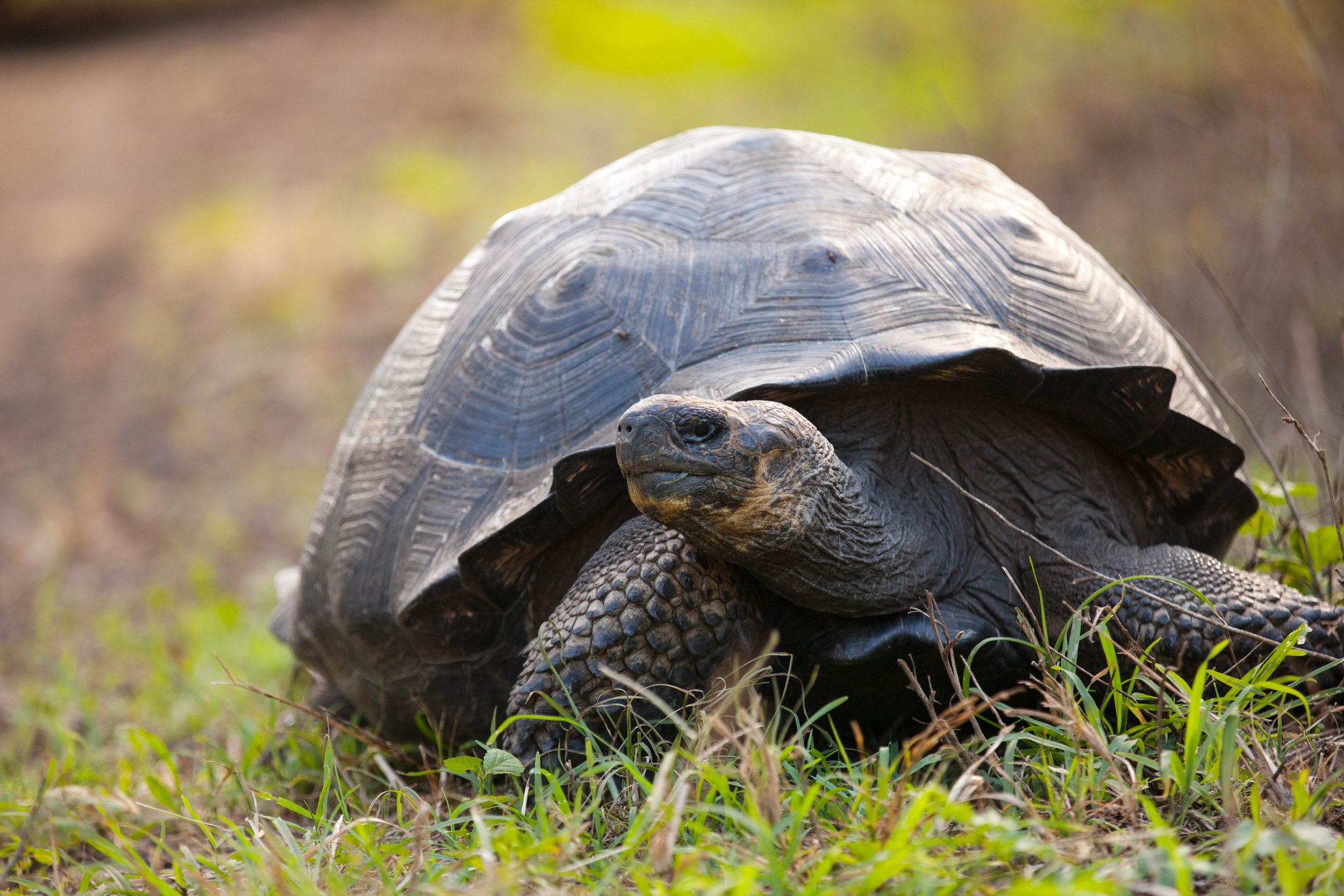
Blog
Winter Season on the Equator: Why Travel to the Galápagos in January & February
in Blog Posts
What is the Galapagos like in Winter?
January-February in the Galapagos Islands
If you’ve been dreaming of an adventure to the Galapagos Islands, you should know that January and February are some of the most magical times to make a trip. The beginning of the year brings balmy weather, lush green landscapes, and a fascinating season for wildlife activity. The climate is warm and welcoming, with highs around 30°C (86°F). After the holiday rush in early January, visitor numbers settle, offering a more relaxed and intimate experience of this extraordinary archipelago.
A Time to Dive In
Snorkeling and diving are especially rewarding this time of year, with the calm ocean waters averaging around 25°C (77°F). Take a dip and you may have the chance to swim alongside playful sea lions, observe schools of tropical fish, or spot sea turtles gliding through the reefs. On land, the rains keep the islands vibrant and lush, turning hikes into breathtaking journeys through a living green paradise. But don’t let the fear of rain turn you away from the wet season—short tropical showers pass quickly, refreshing the islands without dampening the adventure.
Tortoise Hatching & Turtle Nesting
In January, giant tortoise eggs are hatching while marine turtles are just beginning to nest. Visit Bachas Beach on Santa Cruz and you may notice the tell-tale signs of turtle flippers trailing up the dunes where mothers have dug their burrows to lay eggs. The process is full of wonder—even the development of the hatchlings depends on temperature, with warmer sand producing females and cooler sand producing males. Meanwhile, iguanas take center stage. Land iguanas are beginning their mating season, vying for the attention of potential partners, while marine iguanas dazzle with spectacular colors. On Española Island, these reptiles turn striking shades of red and green, earning them the nickname “Christmas Iguanas.”
Flourishing Bird
Life
By February, the action only intensifies. Sea turtles are still nesting, and lucky travelers may witness hatchlings making their first brave dash toward the ocean. Birdlife flourishes as flamingos, finches, and boobies nest and court, while marine iguanas remain brilliantly colored and active along the shores.
We invite you to witness the Galapagos at one of its most dynamic times of year. Whether you’re marveling at nesting turtles, enchanted by iguanas in full display, or snorkeling in crystal-clear waters, a winter trip promises unforgettable adventures.
Winter Wildlife Highlights
January:
•Darwin’s finches and other land birds begin nesting
•Marine iguanas turn bright green and red colors on Española
•Pacific green sea turtles begin laying eggs, nesting through March
February:
•Flamingos begin nesting
•Galapagos doves at nesting peak
•Penguins migrate away from Bartolome to cooler waters off Isabela and Fernandina









